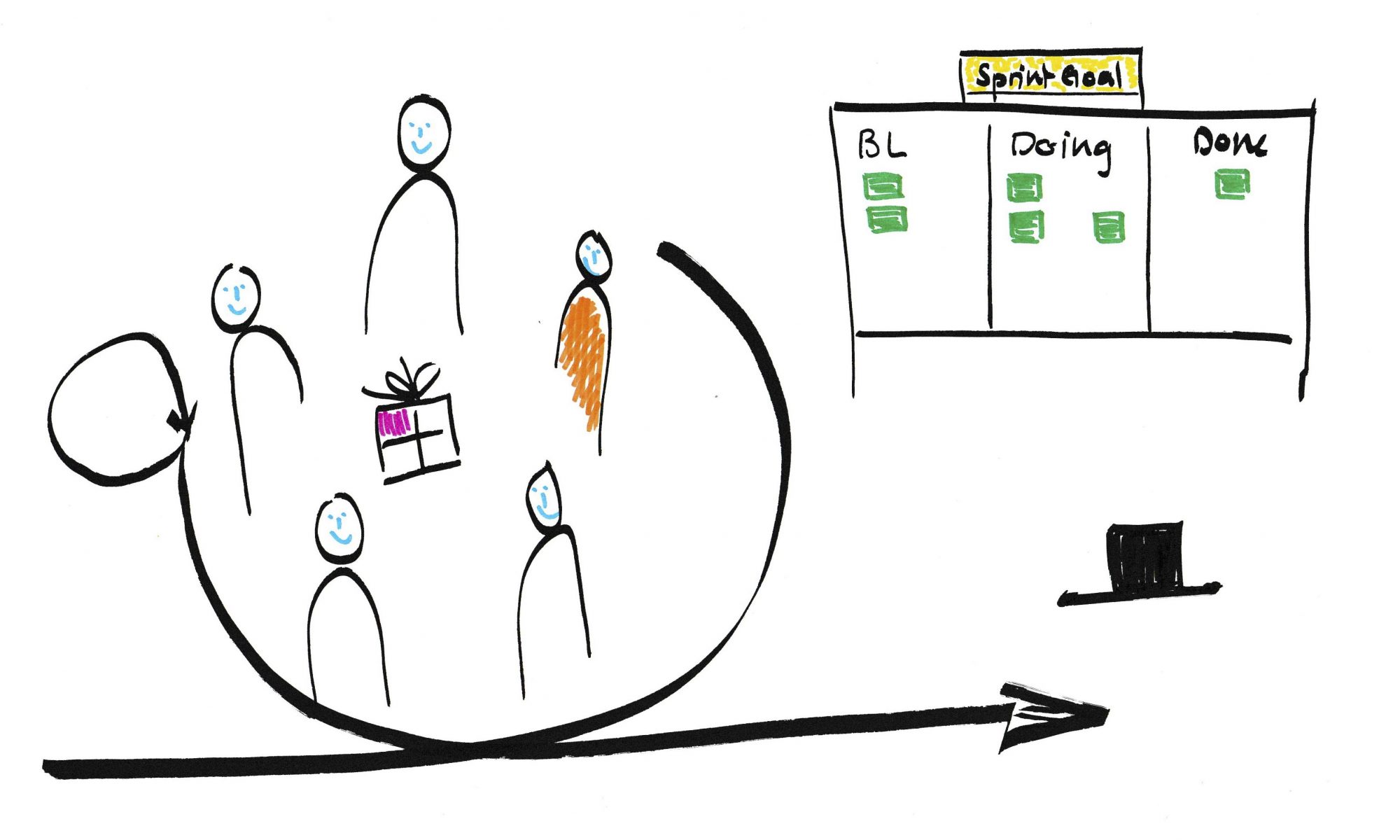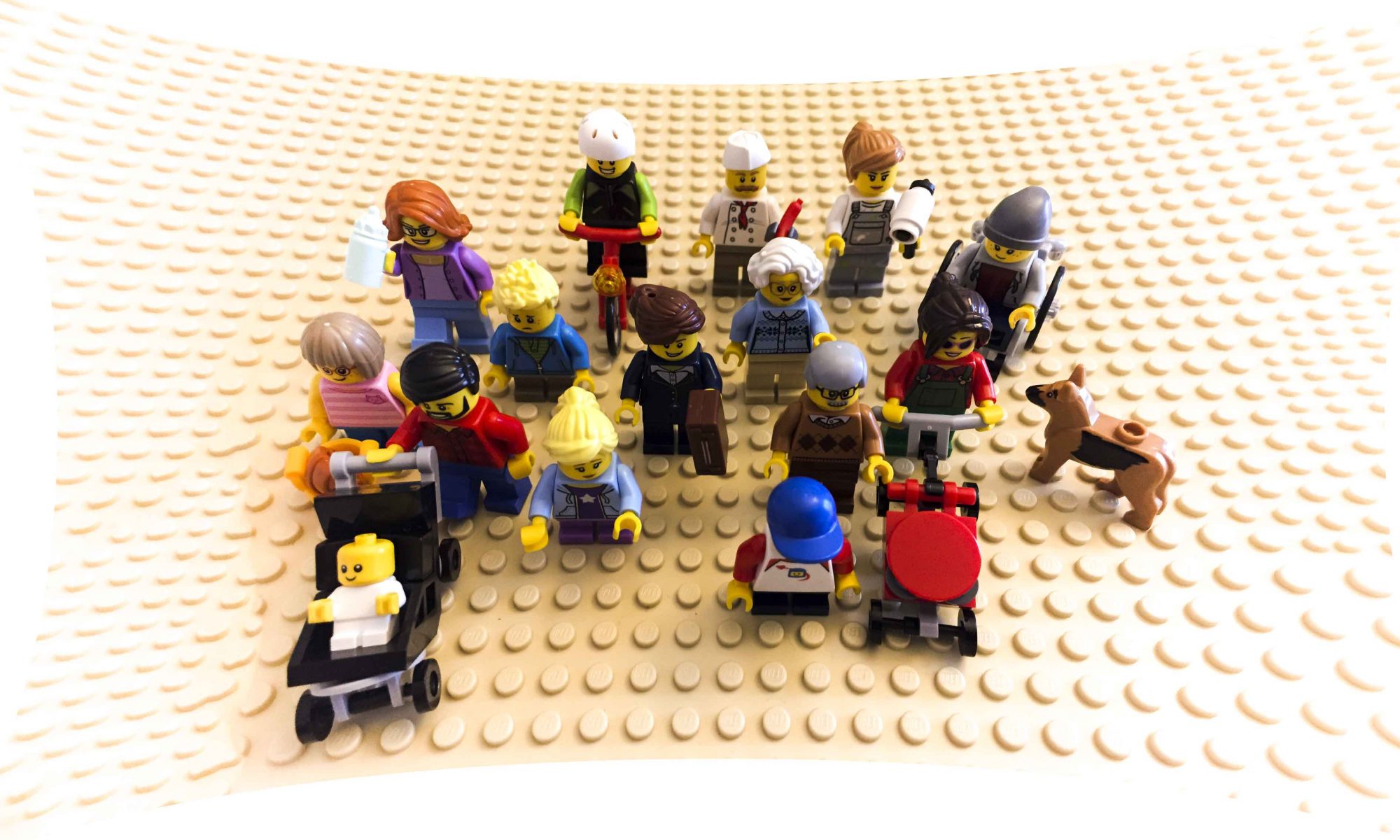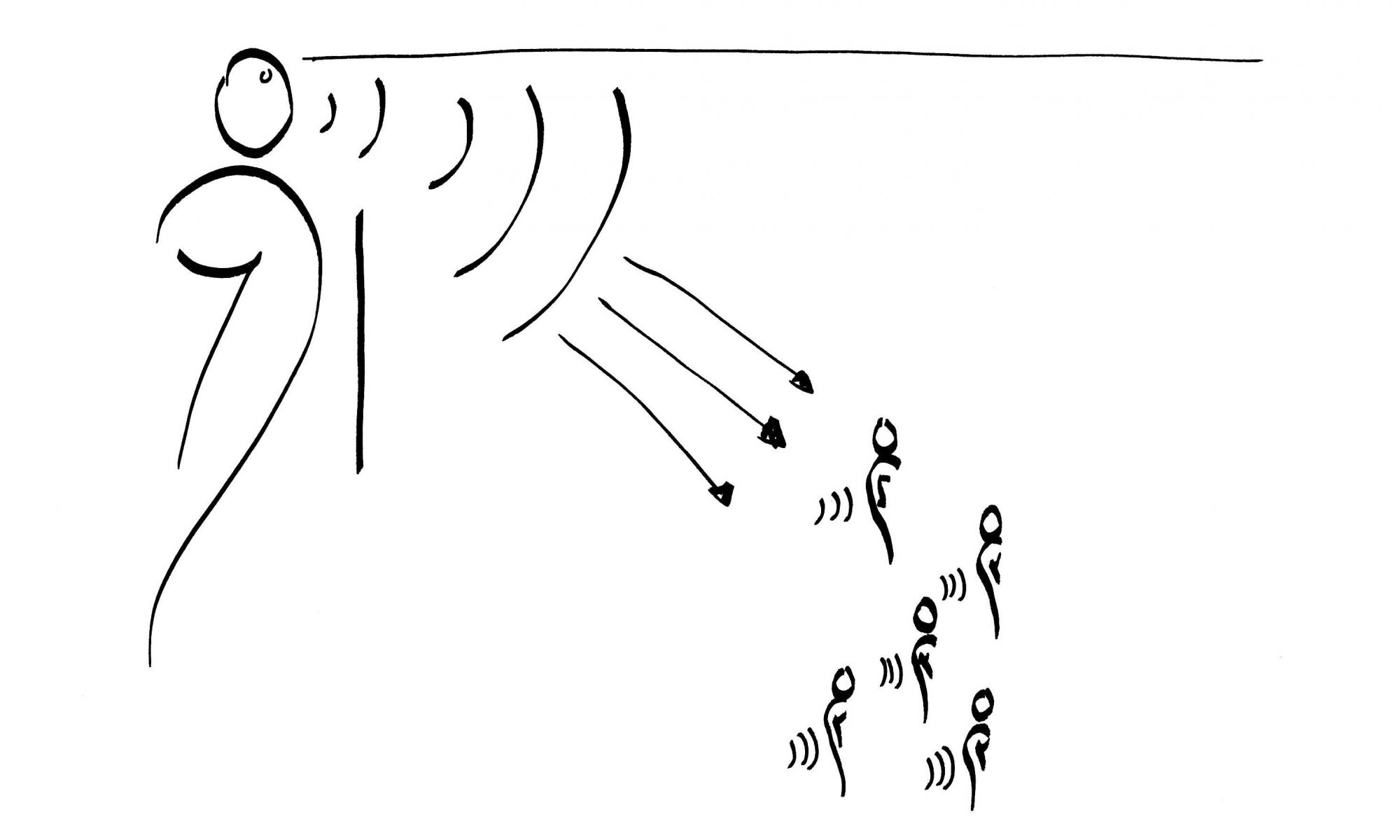I wanted my students to be more intrinsically motivated so I introduced them to Scrum and let them work totally self-organized for a whole semester. Here are my thoughts about how I set up the framework in my special context.
„Scrum in higher education (Part I): How I introduced Scrum to my students“ weiterlesen
Cross-Functional Teams and Diversity
Reading about agile, self-organizing teams I often think that diversity isn’t understood to its full potential. The Scrum Guide states that teams have to be cross-functional in order to „have all competencies needed to accomplish the work“ (Schwaber & Sutherland, 2016, p. 5). Most of the time „the work“ is addressed to be software development and testing. Diverse teams can do a lot more than that, as Management 3.0 suggests. But what is diversity?
„Cross-Functional Teams and Diversity“ weiterlesen
Agile communication vs Small Talk tactics
[mit deutscher Zusammenfassung] Last week I wrote about Small Talk and about being open to mean it, when you ask someone how they are. This aspect isn’t restricted to small talk. It’s about what agile communication is: Openness and honesty, interaction and authenticity. How can you be all that if your interactions are reduced to superficiality?
„Agile communication vs Small Talk tactics“ weiterlesen
Kommunikation 3.0
*Picture above: Mischa Demarmels, „Simple Characters“ on Sketching Arena
[with english summary] Was ist agile Kommunikation? Was für Ansprüche stellt ein agiles Umfeld an Kommunikation? Welche Werkzeuge kann Kommunikation 3.0 zur Verfügung stellen? Und welche Haltung setzt eine agile Kommunikation bei den Sprecherinnen und Sprechern voraus? Diesen und ähnlichen Fragen gehe ich in meinem Blog nach.
„Kommunikation 3.0“ weiterlesen



